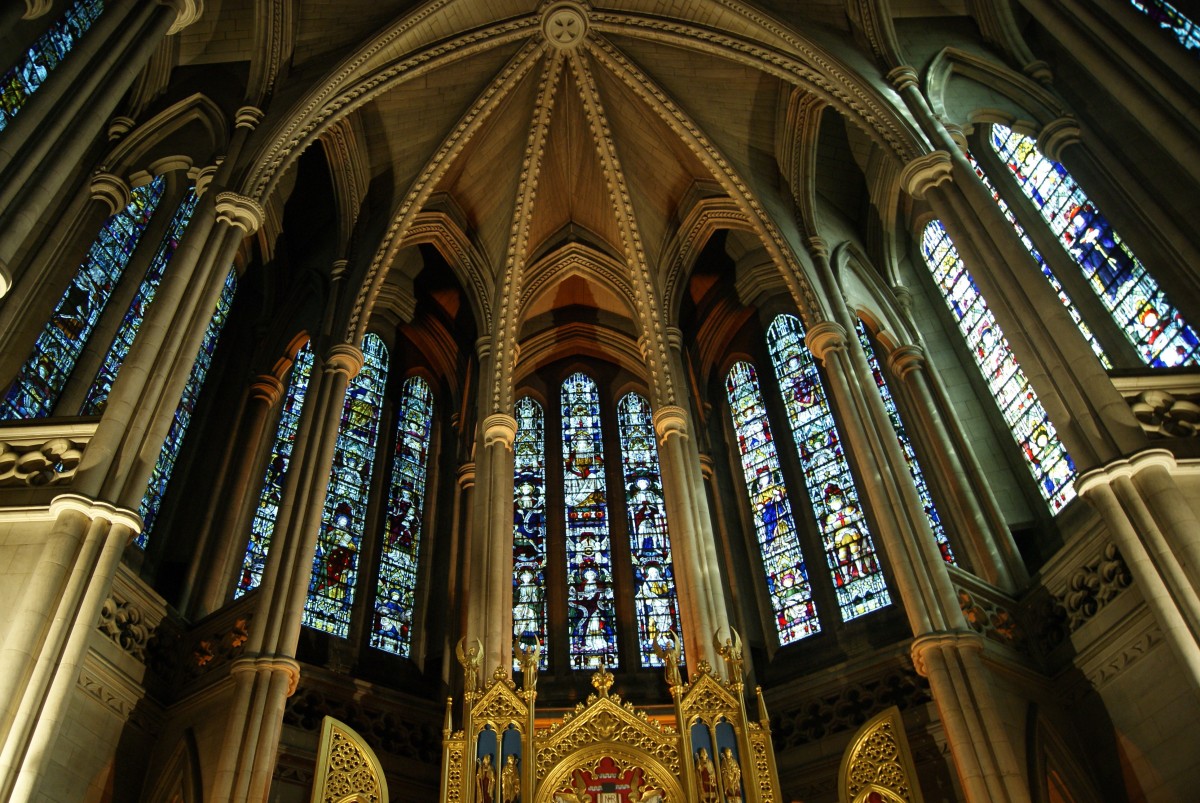

From ancient times, people have discovered the art of combining various materials to create glass. As civilizations progressed, technologies were developed to enhance the creativity of glass in terms of styles and colors. During the Gothic period, around 1140-1400 AD, large stained glass panels were incorporated into the design of churches. In more recent times, from the 1700s to the present, various types of decorative glass have evolved with different styles and colors. Let’s explore different types of decorative glass in the article below!!!


The term “interior decorative glass” is commonly used to refer to glass products integrated and used in interior decoration and design. This can include various types of glass and glass products, such as glass doors, glass windows, glass desks, mirrors, glass walls, and other decorative items.
Interior decorative glass not only serves practical purposes but also plays a crucial role in creating aesthetic focal points and providing a sense of expanded space in living and working areas. It can be used to optimize natural light utilization, accentuate design elements, and make spaces appear modern and comfortable.
Therefore, “interior decorative glass” often refers to specific applications of glass in interior decoration and design, where it serves not only as a building material but also as an essential part of creating aesthetically pleasing living and working spaces.
Textured glass, also known as patterned glass, is a type of flat glass created through a rolling process. During production, a patterned roller is used to imprint designs on one or both sides of the glass before it solidifies. This results in glass with various raised patterns, adding diversity to the design. Due to its non-flat surface, light passing through the glass is diffused, creating a soft focus when viewed from one side. This allows the transmission of light without making objects behind it clear.
Textured glass can be categorized into nearly transparent and visible, slightly translucent and visible, nearly invisible, and completely invisible. The visual effects vary depending on the type and distance between patterns on the glass surface, creating interesting and unique scenes.
Decorative mirrors are designed with artistic details and decorations, primarily for use in beautifying interior spaces. They may include patterns, ornate frames, grid divisions, and other decorative elements. Typically integrated into wall decor, ceilings, or other parts of the interior, decorative mirrors not only reflect light but also serve as aesthetic highlights for the interior.
Fabric laminated glass is an elegant combination of soft materials like fabric and the sturdiness of glass, creating a unique decorative product. This product not only showcases a modern style but also preserves the softness of the fabric. Fabric laminated glass is safety laminated, with a PVB film layer between the glass panels, providing safety features as well as sound and thermal insulation. Decorative materials such as fabric, threads, and silk are combined through a heat process, creating a tight bond. In case of breakage, the glass does not produce sharp and harmful shards.
Colored laminated glass is a type of glass created through the process of coloring metal oxide during production. Each type of metal oxide compound imparts a unique color to the glass, allowing artists to create products with distinctive colors. For example, the combination of copper oxide and molten glass produces shades of green and blue.
After the glass cools, the glass panels are laminated together to form decorative products. The lamination process often involves using various materials such as lead, stone, or copper.
Stained glass, also known as leaded glass, is composed of three sturdy glass layers. The outer layers are tempered glass with high impact resistance, while the middle layer is premium glass cut into various shapes and patterns, connected by copper foils.
Stained glass is not only a high-end artistic decorative product on the market but also a popular choice worldwide. It not only brings luxurious and unique beauty to a home but also provides a sense of living in a royal palace. This type of glass not only increases the value of interior and exterior architecture but also creates unique color effects. When light passes through the colored glass layer and the panel, it produces color changes at different observation points, making the house more mystical and unique.
Leave a Reply